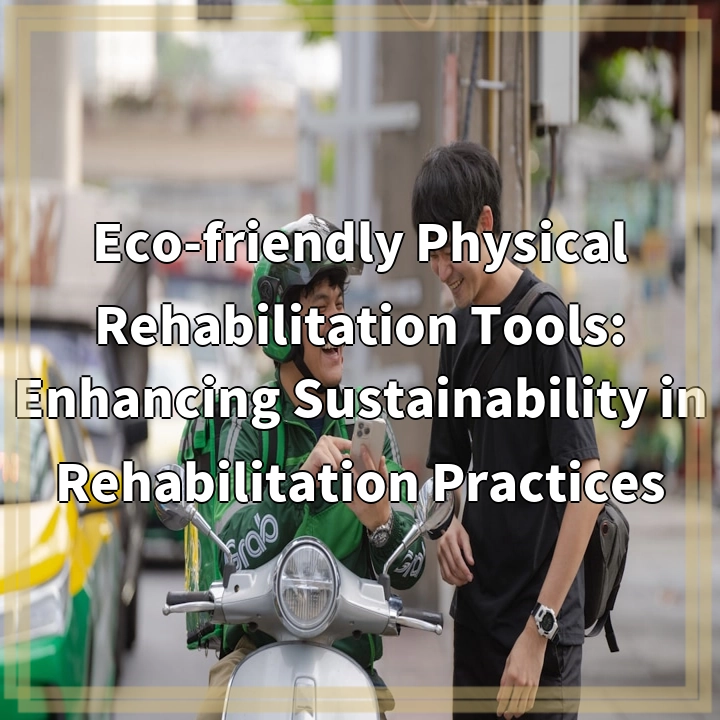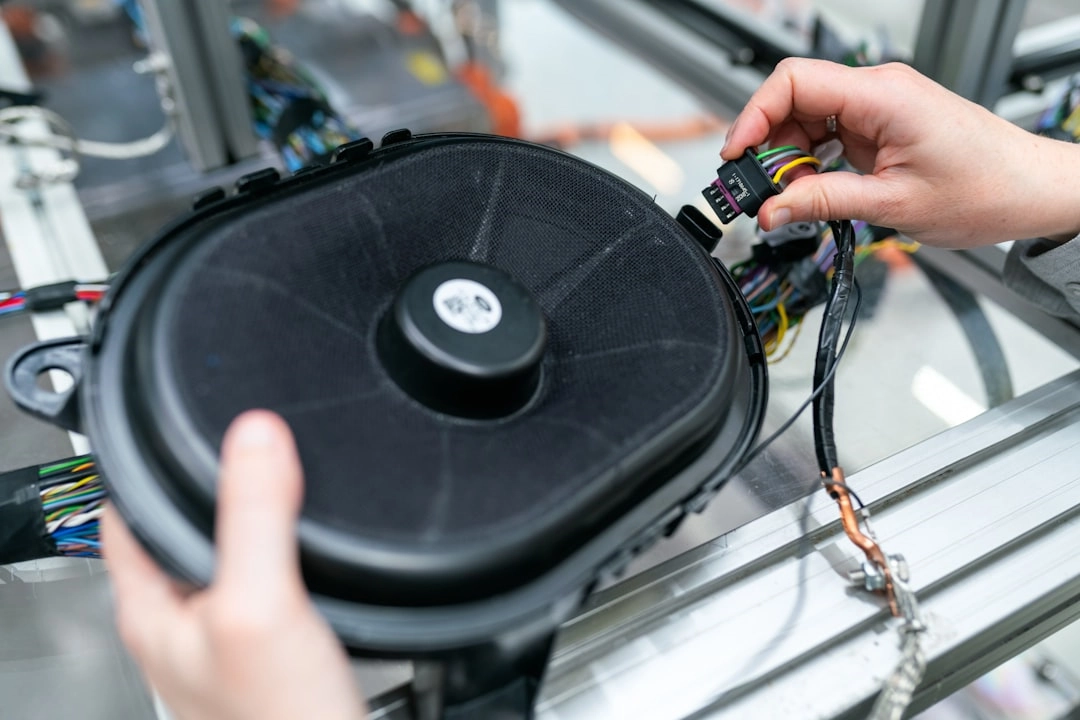
What are Eco-friendly Physical Rehabilitation Tools?
Eco-friendly physical rehabilitation tools refer to equipment and devices used in the field of rehabilitation medicine that are designed and manufactured with a focus on reducing their environmental impact. These tools aim to minimize resource consumption, decrease waste generation, and promote sustainable practices within rehabilitation practices.
Real-World Problems Associated with Conventional Rehabilitation Tools
The traditional physical rehabilitation tools and equipment used in healthcare settings often have significant negative environmental effects. Some of the real-world problems associated with these tools include:
Inefficient Resource Consumption:
Conventional rehabilitation tools typically consume a significant amount of energy and resources during production and use. This can contribute to environmental degradation by depleting natural resources and increasing carbon emissions.
Waste Generation:
The traditional tools used in rehabilitation often have a limited lifespan and generate a substantial amount of waste. This includes disposable items such as single-use gloves, bandages, and other disposable therapeutic devices. Improper disposal of these items can lead to pollution of landfills and potentially harm the ecosystem.
Toxic Materials:
Many conventional rehabilitation tools contain harmful materials such as PVC, latex, and other chemicals that pose risks to both human health and the environment. Exposure to these materials can lead to allergic reactions, respiratory problems, and contribute to soil and water pollution when not properly disposed of.
Lack of Sustainability Awareness:
The traditional approach to rehabilitation often neglects sustainability considerations. Rehabilitation practitioners and facilities may focus primarily on patient care and overlook the negative environmental impact. This lack of awareness can perpetuate the use of unsustainable tools and practices.
By addressing these problems and shifting towards eco-friendly physical rehabilitation tools, healthcare facilities can minimize their environmental footprint and contribute to a more sustainable and planet-friendly rehabilitation field.

Potential Solutions for Enhancing Sustainability in Rehabilitation Practices
Addressing the real-world problems associated with conventional rehabilitation tools requires the implementation of sustainable solutions. Here are some potential strategies that can contribute to enhancing sustainability in rehabilitation practices:
1. Adopting Eco-friendly Materials:
Healthcare facilities and rehabilitation practitioners can prioritize the use of eco-friendly materials for rehabilitation tools. This involves choosing materials that are non-toxic, renewable, and biodegradable whenever possible. Opting for alternatives to PVC and latex, for example, can help reduce harmful emissions and minimize the environmental impact of these tools.
2. Implementing Recycling and Waste Management Programs:
Developing proper waste management protocols and establishing recycling programs can significantly reduce the amount of waste generated by rehabilitation practices. This includes recycling single-use items such as gloves and bandages, as well as properly disposing of hazardous materials. By implementing these programs, healthcare facilities can minimize the ecological footprint associated with rehabilitation tools.
3. Promoting Reusable Devices:
Encouraging the use of reusable rehabilitation tools can help reduce waste and conserve resources. This involves investing in high-quality, durable equipment that can be properly maintained and sanitized for repeated use. Additionally, encouraging proper cleaning and sterilization practices can ensure the longevity of these tools without compromising patient safety.
4. Educating and Raising Awareness:
It is important to educate rehabilitation practitioners and healthcare professionals about the benefits and importance of eco-friendly tools and practices. By fostering a culture of sustainability awareness, practitioners can make informed decisions and actively contribute to minimizing the environmental impact within their field. This can include offering training programs, workshops, and incorporating sustainability education into professional curriculums.
By implementing these solutions, the rehabilitation field can take significant steps towards enhancing sustainability, reducing waste, and minimizing the negative environmental impact of rehabilitation practices.















